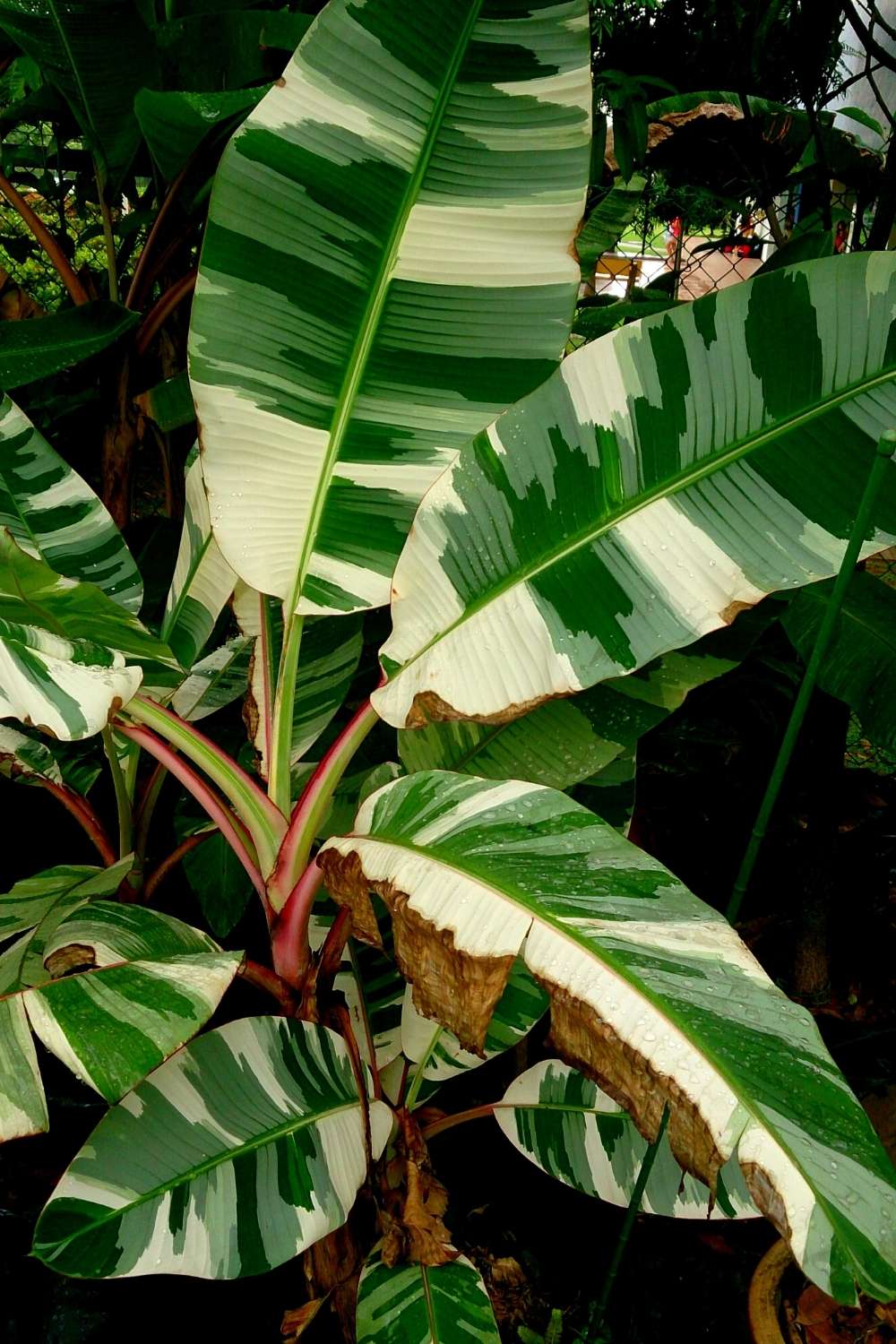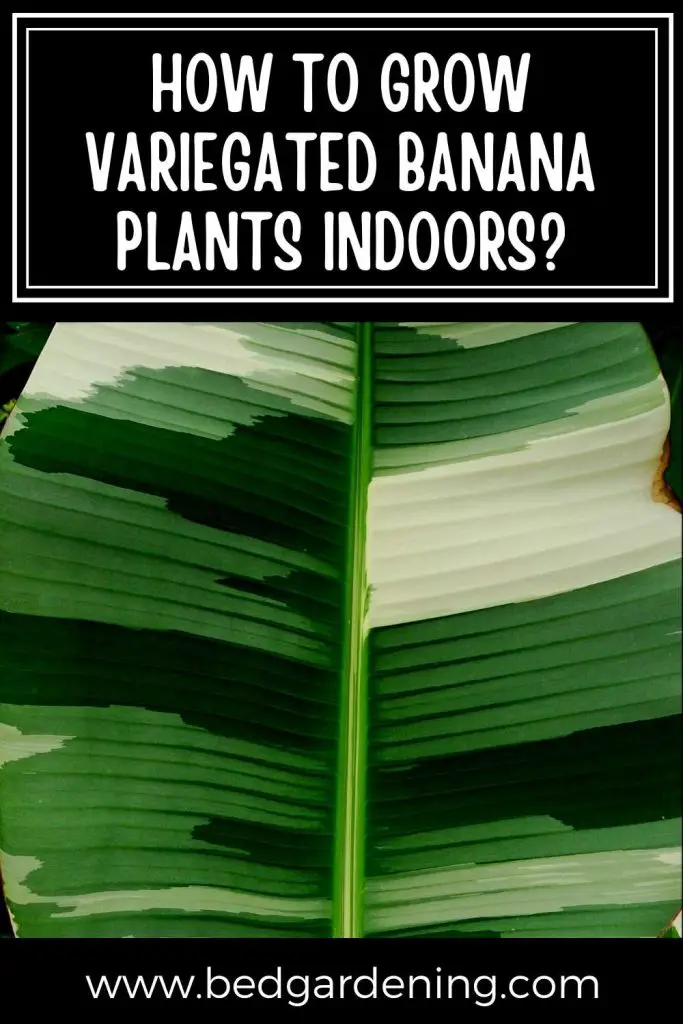Limited space is a problem for many urban growers. Growing plants in containers can solve your problem. Most plants can easily grow indoors. If you do some research you will come to know that there are many benefits of growing houseplants.
They can purify the living environment of your home. Chemicals like benzene and formaldehyde easily cleansed the air with the help of the air.
The presence of house plants can reduce stress and freshen your mood. plants can help to lower the heart rate, respiratory problems, and blood pressure.

Instead of buying expensive decoration pieces to embellish your house, you can also use plants to enhance the beauty of your interior. If you are a beginner then you can choose those plants that need little attention and maintenance.
There are attractive and decorative containers available you can use for growing your desired plant. The potted plants can be placed in the corners of your room to freshen up the breathing air of your living room.
Any boring room will become more attractive and designed after the addition of beautiful plants. The variegated banana tree is included in the list of perfect houseplants as it has large foliage.
What Are Variegated Plants?
Leaves are a food factory for any plant. This part of the plant makes food for the whole plant. Due to the presence of chloroplast, the color of the leaf is green and it is helpful in the process of photosynthesis.
The variegated plants have different colored leaves; such types of leaves have green and non-green parts. Some parts of the leaf are replaced by yellow, cream, white, or other colors.
In variegated leaves, you can see the color part in the form of blotches or stripes. The variegation is found on the edge of the leaves or in the center.
The variegation in the leaves comes due to the presence of different types of tissue and pigments. Leaves of the variegated plants have continuous or divided leaf lamina.
If we talk about simple leaves, they have continuous or divided leaf lamina. Variegated plants can be used for ornamental purposes as they are found rarely in nature. Most gardeners prefer variegated plants because of their beauty.
How Fast Do Banana Plants Grow Indoors?
If you maintain a high temperature and light for your indoor banana tree then it can produce flowers. Banana plant starter produces fruit after 3-4 years.
There are three ways of growing seeds, cutting, and transplanting. The method of planting depends upon the variety you choose to grow in a container.
When you are transplanting the seedling of the banana plant then you should select a large container or pot that has drainage holes at the bottom.
Drainage protects your plant from root rot and fungal disease when your banana tree is established. Place your pot where your banana plant gets maximum light.
Suitable Climate For Growing Variegated Banana Plants In Containers Or Pot
The subtropical or tropical climate is suitable for growing banana plants. It means they like high temperatures with regular watering. They can also bear low temperatures but for a short period.
Below 40 degrees centigrade, your banana plant will stop growing. If you are living in a cold climate then the leaves of the variegated banana plant will start turning yellow.
The suitable temperature for growing a variegated banana plant is between 26 degrees centigrade to 30 degrees centigrade. The best time to plant bananas is in spring or summer.
Best Container For Growing Variegated Banana Plants In Container
A wide and deep container is required to grow variegated banana plants. You should select a medium size container with drainage holes. The suitable depth of the container should be 6 to 8 inches.
The width of the container should be 5 inches for growing banana plants. Depth plays a very important role because this plant has a deep-rooted system so they need a good room to expand.
You can use a container made from plastic, ceramic, metal, or wood pot. It is highly recommended that you should use clay containers. As your plant grows you should transplant it to a large container.
Can Banana Plants Survive Indoors?
This task can be challenging but if you fulfill all the requirements of the banana plant it can easily survive indoors. Banana plants like to grow in cold climates with full light exposure.
Place your pot or container near a sunny window so it will get maximum sunlight. If your plant is not getting desirable light then you can use artificial lights.
Maintain the desired humidity level and make sure your plant is getting frequent watering. Under favorable conditions, there is no reason that it will not thrive well.
The banana plant has large leaves with wavy edges. The leaves of the banana plant have white strips due to the genetic mutation that causes loss.
This portion of the leaves doesn’t have chlorophyll. That’s why it doesn’t take part in the photosynthesis process. When you add this plant to your home then it will brighten the area where you place it. You can’t deny this plant brings an authentic exotic vibe to your home.
Growing Banana Plants In Containers From Corm
You can also buy variegated young banana plants from any local nursery or garden store. This is expensive but you have to do nothing just buy the plant and bring it to your home.
Growing banana plants from seed is a cheap way but take some time. Following are the simple steps that you have to follow if you select the way of growing banana plants from the corm.
Purchase A Corm
Corm contains the roots of a banana plant. You can buy corms from any local nursery. This is the base of the banana plant.
Prepare The Pot Or Container
You need an adequate size container or pot. Fill it with a high-quality mix as it contains all the basic nutrients that banana plants require.
Rinse The Corm
This step is very important because if the corm has any pests then it will be removed by washing. Make sure you are using lukewarm water to rinse the corm. In this way, any bacterial or fungal growth will also be removed.
Dig A Hole In The Soil
You have prepared the container or pot. Now make a hole In the center according to the size of the corm. The top of the corm should be stuck out of the hole. This part of the banana plant should be exposed because it produces new leaves.
Growing And Caring For Banana Plants Indoors

The banana plant has fleshy stalks, not woody stems that’s why it is not a tree and is categorized as a large herbaceous plant. The following are the conditions and requirements for growing variegated banana plants indoors.
LIGHT
Banana plants need full Sun exposure for driving well but it is not true for all varieties; some variegated varieties can tolerate semi-shade or dappled sun. For indoor plants, you can install artificial lights to fulfill the lighting requirement.
FERTILIZER
The banana plant grows very quickly so they need all the basic nutrients for its growth. It is recommended that you should feed it regularly. For young banana plants, you should use nitrogen-rich fertilizer.
Nitrogen will help in quick growth. When you see the plant is mature enough and is ready to produce fruit, at this time you can use 15:5:30 fertilizer.
When you buy the fertilizer then you will get all the instructions on the label. try to follow the instructions so your plants get nutrients on time. You can also use compost to increase the organic matter in the soil.
But you should keep in mind that over-fertilizing can burn the tips of the leaves. It is better to dilute the fertilizer to avoid the problem of over-fertilization.
WATER
Keep the soil moist because banana plants need plenty of water to grow well. When you grow plants in containers or pots, they need more water as compared to the plants grown in the ground.
Banana plants are sensitive to drought so you should maintain a frequency of water. Moisture level in the soil is very important because if the banana plants do not get water on time, the large and beautiful leaves will droop and wilt.
It doesn’t mean you start over watering because water will sit and affect your plant by root rot and many fungal diseases. When you water your banana plants then prefer deep watering.
SOIL
For growing banana plants, using the right soil is the key to success. Banana plants need well-drained and rich soil for their healthier development.
Slightly acidic soil with a pH of between 5.5 and 7.0 is ideal. As you are growing banana plants in containers or pots so you can maintain the fertility of the soil effortlessly.
Make sure you are using a high-quality potting mix that contains all the basic nutrients. The potting mix contains organic matter, as your banana plant grows it gets all the nutrients from the soil.
You should use a large container or pot for growing banana plants as the roots are very deep and they need space to adjust.
TEMPERATURE AND HUMIDITY
Hot and humid conditions are required for the growth of your favorite banana plant. The suitable daytime temperature for the growth of the banana plant should be between 80 to 89 degrees Fahrenheit.
If we talk about the nighttime temperature it should be at least 67 degrees Fahrenheit. The large leaves of the banana plant easily accumulate dust so it is suggested to wipe them down periodically.
Humidity also plays an important role in the growth of banana plants. The ideal humidity level is above 50% as it encourages the development of your favorite plant.
If the humidity level is lower in your living environment then it will mist the plant at regular intervals. A very easy tip for increasing the humidity level is to take a tray.
Fill it with pebbles and water and place it under the container of your banana plant. This tray full of water helps to increase the humidity level around your plant.
PESTS AND DISEASES
When you grow the very gated banana plant indoors then it will be less affected by pests and diseases you should avoid overwatering if you want to protect your plant from different diseases overwatering can turn the leaves brown.
The other reason for the death of your plant is a lack of nutrients. If you see the leaves turning yellow it means your plant is not getting enough organic material from the soil.
If we talk about the common pests that can affect your variegated banana plants are banana weevil, banana aphids, and coconut scale. The organic spray is the best solution to control these tiny monsters. To make your banana plant dust-free, you should wash the stem and leaves frequently.
